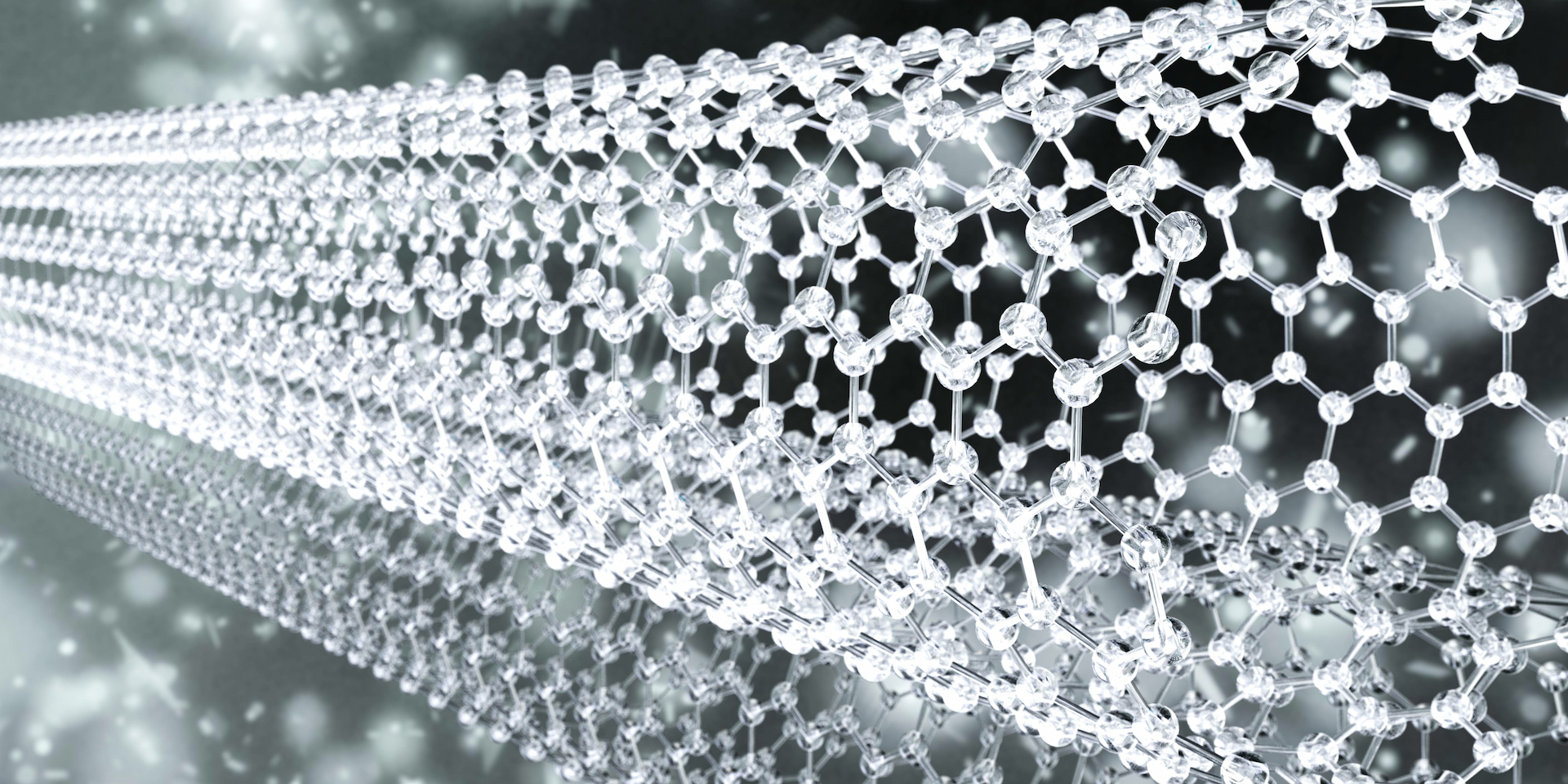In the ongoing quest to harness the inexhaustible energy potential of the universe, the development of cutting-edge materials remains paramount. These materials not only serve as the building blocks for innovative devices but also significantly impact the efficiency, scalability, and longevity of the technologies they support. Neutrinovoltaic technology, which stands as one of the 21st century’s pioneering energy solutions, is no exception to this rule. This unique energy-harvesting approach, known for drawing power from the ubiquitous and near-infinite flow of neutrinos, relies profoundly on the properties of certain advanced materials, such as graphene and doped silicon.
Graphene: A Game Changer in Energy Harvesting
Deemed a “wonder material,” graphene is essentially a singular layer of carbon atoms meticulously arrayed in a hexagonal matrix. Its introduction to the scientific community was nothing short of revolutionary, promising unparalleled electrical conductivity, mechanical resilience, and adaptability. In the context of neutrinovoltaic technology, the electron conduction capacity of graphene becomes paramount. The Neutrino Energy Group, striving tirelessly towards a sustainable future, recognizes the potential of graphene as a core component for their groundbreaking initiatives like the Neutrino Power Cube and the anticipated Pi Car. Within the structure of graphene, electrons traverse with incredible fluidity, echoing the behaviors observed in superfluids. Such efficiency in energy conversion positions graphene as the ideal medium to harness and transmit the minute charges initiated by neutrino interactions.
Doped Silicon: Bridging the Quantum Realm with the Macroscopic
Silicon has long been the pillar of contemporary electronics. However, when “doped” or purposefully imbued with other elemental traces, silicon’s electrical properties undergo a transformation. This elevated conductivity, pivotal for neutrinovoltaic technology, ensures that delicate interactions with neutrinos are effectively captured and managed. The orchestrated functionality between doped silicon and graphene is a masterstroke. While graphene channels the electron charge with agility, doped silicon stabilizes and retains this charge. This partnership delves beyond classical physics, nudging the boundaries of quantum mechanics, where phenomena like superposition might be integral to optimizing neutrino energy conversion.
The Role of Artificial Intelligence and Quantum Technologies
The evolution of neutrinovoltaic technology does not stop at refining materials. Peering into the horizon, the integration of computational strategies, particularly artificial intelligence (AI) and quantum technologies, is unmistakable.
AI revered for its data analysis acumen, can be a valuable tool in the ongoing development and eventual deployment of the Neutrino Power Cube and the Pi Car. Envision these devices “adapting” to their environments, modifying energy harvesting methods to suit ambient conditions or specific requirements. By sifting through extensive datasets, AI algorithms can discern patterns and subtle nuances, recommending incremental improvements in real time.
Concurrently, quantum technologies proffer a fundamental re-evaluation of energy harvesting. Given that neutrinos are subatomic entities, they inherently obey quantum mechanical principles. As our grasp over quantum phenomena solidifies, leveraging aspects like quantum tunneling could radically enhance the efficiency of neutrinovoltaic apparatuses.
A Sustainable and Decentralized Future
Beyond the technicalities, these materials and innovations encapsulate a paradigm shift in our energy landscape. From heavy reliance on monolithic power stations, the narrative is evolving towards localized, on-site energy generation—whether in residences, vehicles, or even compact gadgets. However, pioneering such a seismic transition is laden with intricacies. The Neutrino Energy Group’s endeavors, including the Neutrino Power Cube and Pi Car initiatives, symbolize not just the technological hurdles but also the challenges in public perception, infrastructure adaptation, and regulatory landscapes. Nonetheless, the journey, though intricate, resonates with a promise of transformation. The continuous progression of materials like graphene, combined with computational behemoths like AI and quantum tech, envision an energy landscape that is cleaner, abundant, and decentralized. The efforts of organizations like the Neutrino Energy Group, diligently refining neutrinovoltaic technology, indicate that this vision is not a distant dream but a tangible future waiting to unfold.

